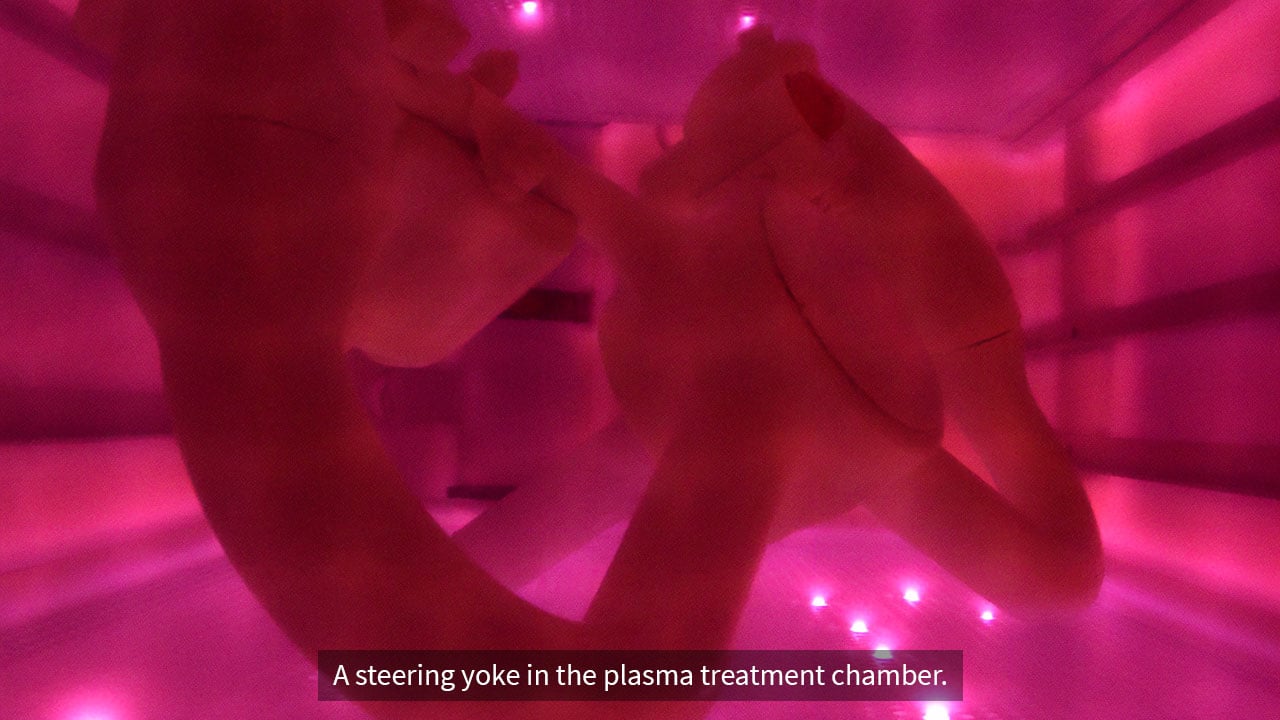3 min read
Cleaning Process Review: Plasma vs. Aqueous
Cleaning can be a critical first step in many manufacturing processes, particularly for the medical, aerospace, and electronics industries. Proper...
To save time and postage, please sign up for customer paperless invoicing, payments, and vendor payments.
Customers click here
Vendors click here
To request compliance documentation click here.

3 min read
Cleaning can be a critical first step in many manufacturing processes, particularly for the medical, aerospace, and electronics industries. Proper...
1 min read
When discussing enhanced materials we often use terms like “hydrophilic/hydrophobic” and “oleophilic/oleophobic.” Just what do these terms mean...
1 min read
It’s a back-to-basics question, but one that we are asked often. Surface treatments are generally separated into two categories: atmospheric and...
1 min read
The US manufacturing economy continues to waver between marked improvement and ongoing challenge in 2016, according to the National Association of...
1 min read
Why should I choose parylene coating for my devices? This question was asked at a recent site visit, and I thought I’d share some quick facts about...
1 min read
Today we are talking films on Tech Talk ― as in corona treatment of ― not the latest “must- see” summer blockbuster (although we enjoy those, too!)....
1 min read
Measuring surface tension can be done quite easily in the lab with the use of a goniometer (or surface contact meter). In fact, this is a key service...
1 min read
We’ve had a few questions lately about the best method of bonding rubber to aluminum before overmolding. It seems this bonding combination poses a...
1 min read
Here’s a fishing tale about the one that didn’t get away! Our team worked with a high-end fishing manufacturer to design a whole new reel drag...

1 min read
We are often asked about which method is best for preparing fluoropolymers for a bonding application. The most critical step is bonding is to ensure...
1 min read
Question: How do I bond Delrin to other materials? Delrin (also known as Acetal, Polyocymethylene (POM), polyacetal, and polyformaldehyde) is an...

1 min read
Functional groups via plasma processing Here is a quick review of five gases that create polar entities on a polymer surface to render it hydrophilic...
1 min read
The growth of plastics in medical devices is growing exponentially around the world. Plastics are regulated like any other materials that may come in...